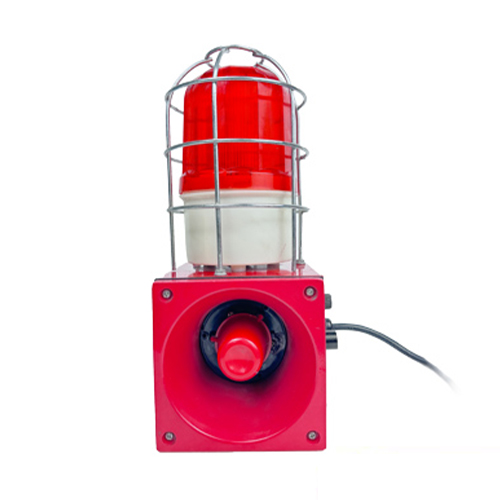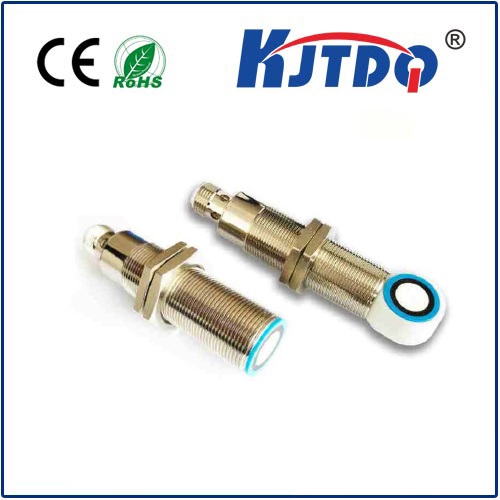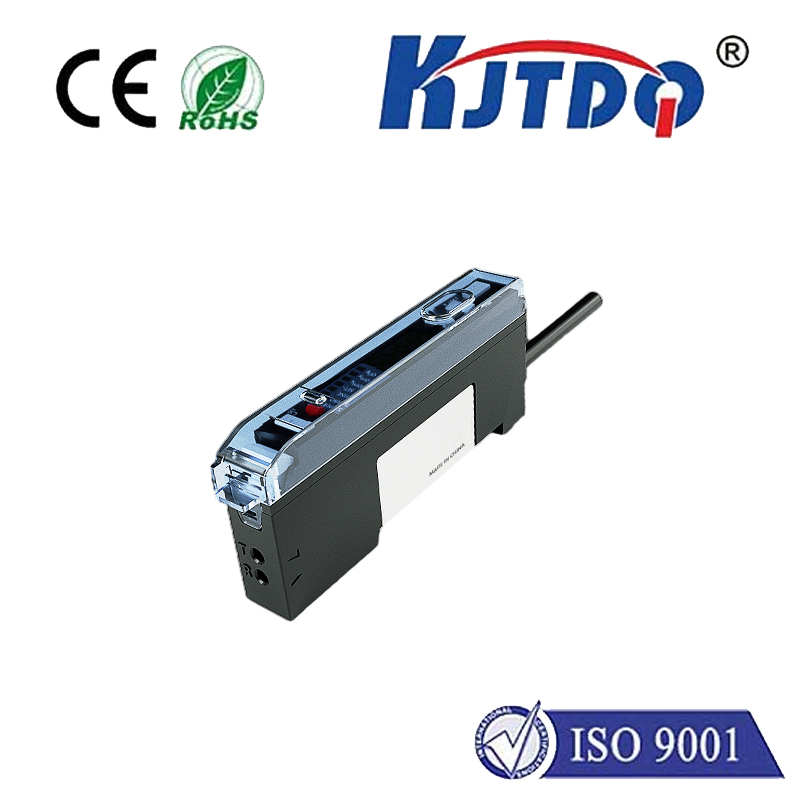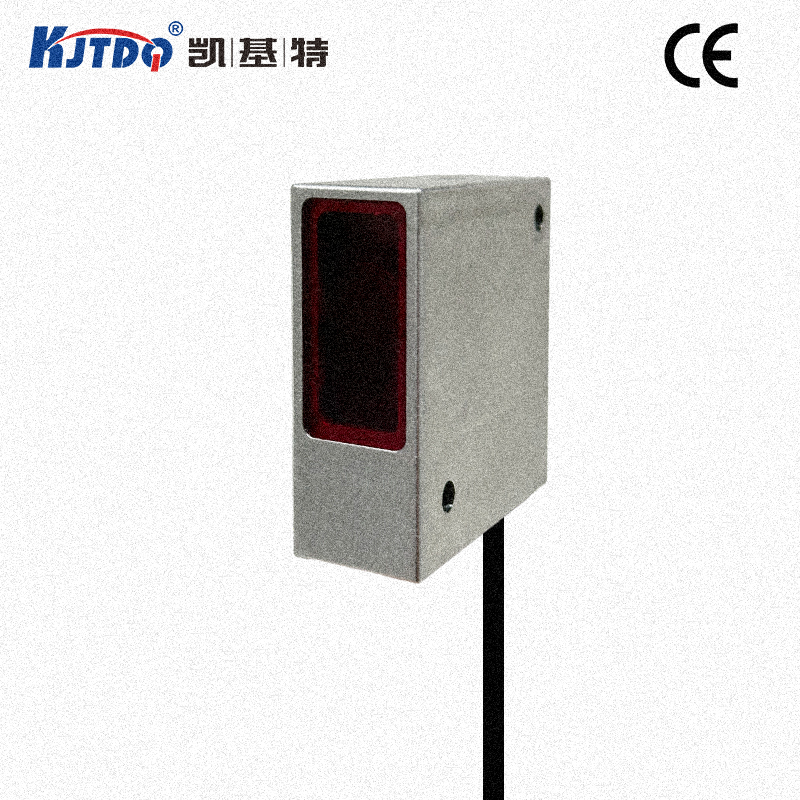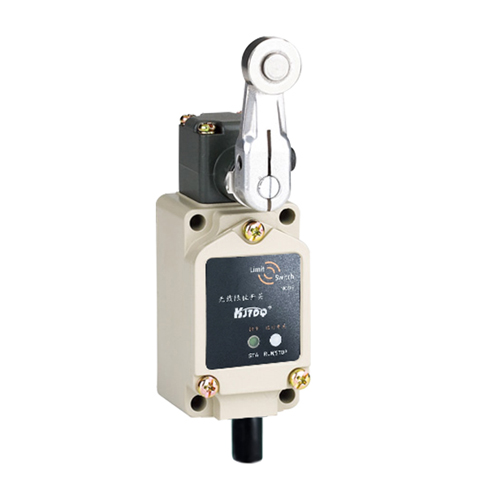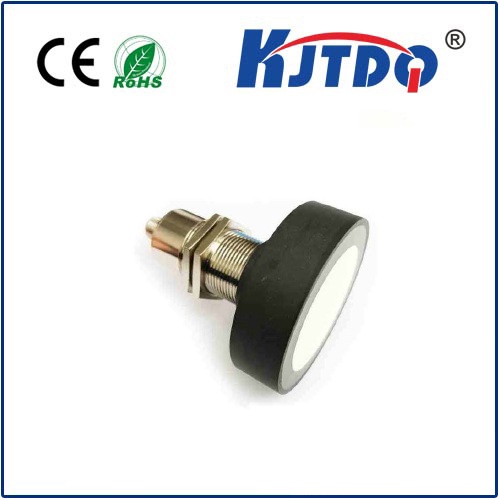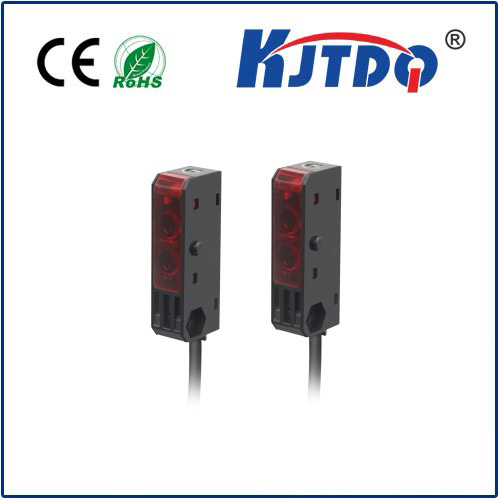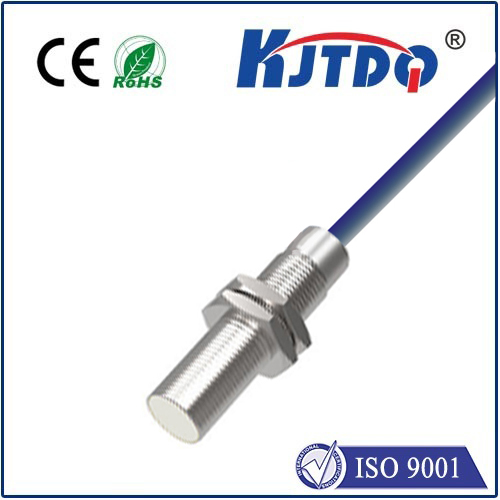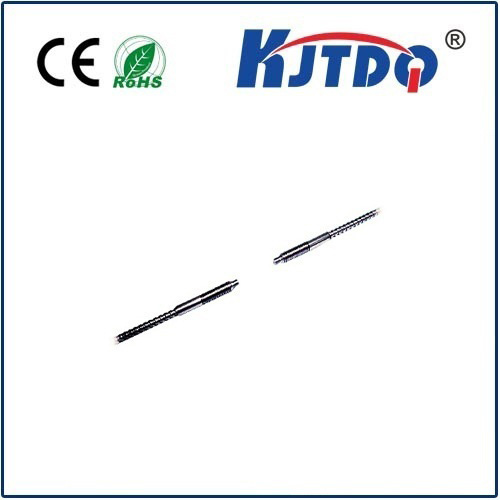

check

check

check

check

check

check

check

check

check

check
Limit switches are crucial components in various industrial and machinery applications, as they help to monitor the position or movement of different mechanical parts. These switches come in different types, with one of the most popular being the pin-type limit switch. In this article, we will explore the different types of pin-type limit switches, their features, and applications.
Pin-Type Limit Switches: An Overview
Pin-type limit switches are designed to detect the presence or absence of a physical object, such as a lever, shaft, or other moving parts. They consist of a housing containing an actuator (pin) that is triggered when pressed by the target object. The switch then sends an electrical signal to control systems, machines, or processes.
There are several types of pin-type limit switches, each with its unique design and functionality. Let's take a closer look at some of the most common ones:
1. Normally Open Pin-Type Limit Switches
As the name suggests, normally open pin-type limit switches are typically open circuits when not activated. When the actuator is pressed, it completes the circuit, allowing current to flow through it. This type of switch is ideal for applications where safety is a concern, as it ensures that no action takes place until the switch is triggered.
2. Normally Closed Pin-Type Limit Switches

In contrast to normally open switches, normally closed pin-type limit switches have a closed circuit when not activated. When the actuator is pressed, it opens the circuit, breaking the flow of current. This type of switch is suitable for applications where continuous operation is required until the switch is triggered.
3. Single Pole Double Throw (SPDT) Pin-Type Limit Switches
Single pole double throw (SPDT) pin-type limit switches have three terminals: one common terminal and two normally open/normally closed contacts. When the actuator is pressed, it changes the state of the contacts from normally open to normally closed or vice versa. This type of switch is versatile and can be used in various applications that require both normally open and normally closed configurations.
4. Dual Pole Double Throw (DPDT) Pin-Type Limit Switches
Dual pole double throw (DPDT) pin-type limit switches have two sets of SPDT contacts within the same housing. This allows for simultaneous control of two separate circuits using a single actuator. This type of switch is ideal for applications where multiple control functions need to be managed using a single input source.
Applications of Pin-Type Limit Switches
Pin-type limit switches are widely used in various industries due to their reliability, accuracy, and durability. Some common applications include:
1. Machinery Control: Pin-type limit switches are used to monitor the position and movement of various machine components, such as slides, tables, and conveyor belts.
2. Packaging Equipment: In packaging equipment, pin-type limit switches are used to detect product presence or count products as they move along conveyors.
3. Material Handling Systems: Pin-type limit switches play a crucial role in material handling systems by controlling the movement of cranes, hoists, and other lifting equipment.
4. Automation Systems: In automation systems, pin-type limit switches are used to monitor and control robotic arms, pick-and-place mechanisms, and other automated processes.
Conclusion
Pin-type limit switches are essential components in many industrial and machinery applications due to their ability to detect the presence or absence of physical objects accurately and reliably. By understanding the different types of pin-type limit switches available, engineers and maintenance professionals can select the appropriate switch for their specific application needs. With proper selection and installation, these switches can help improve system efficiency, safety, and overall performance.
